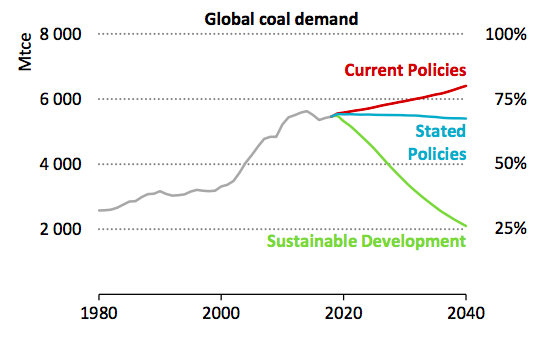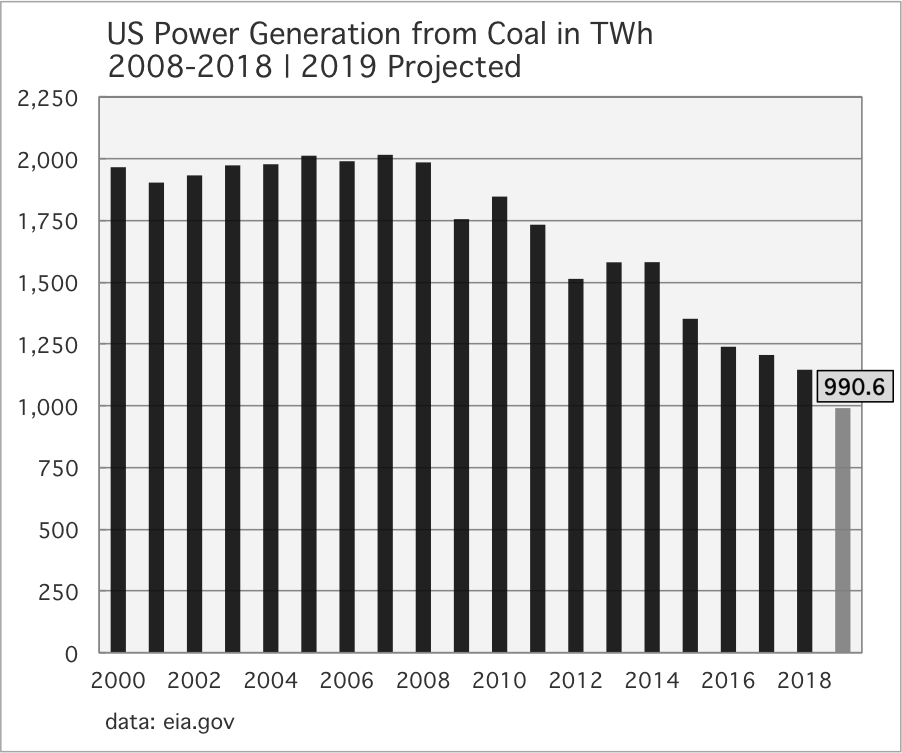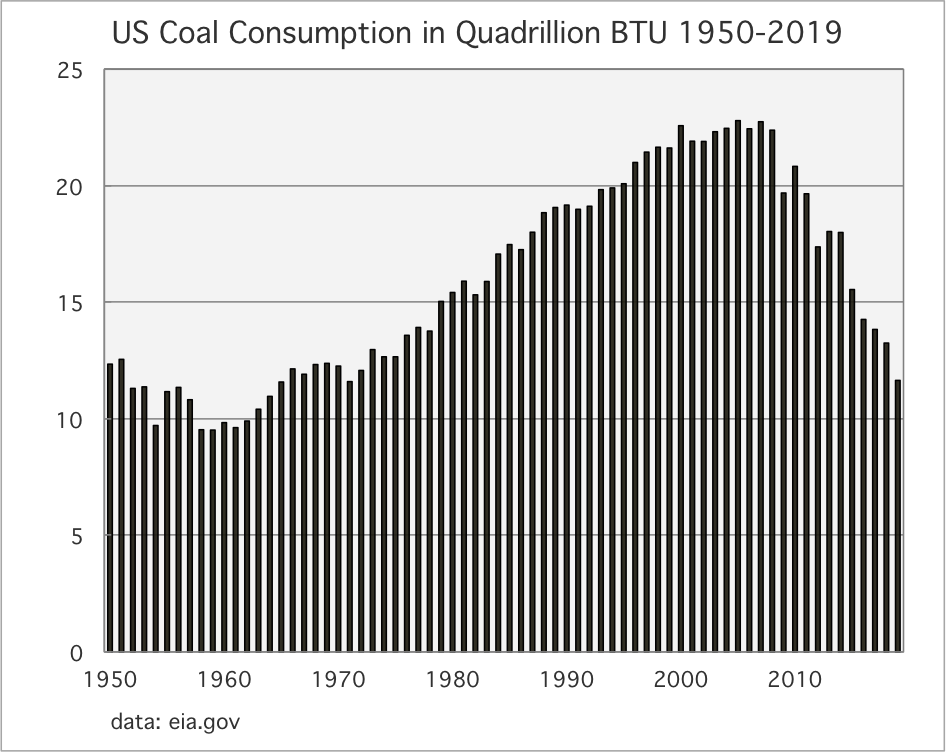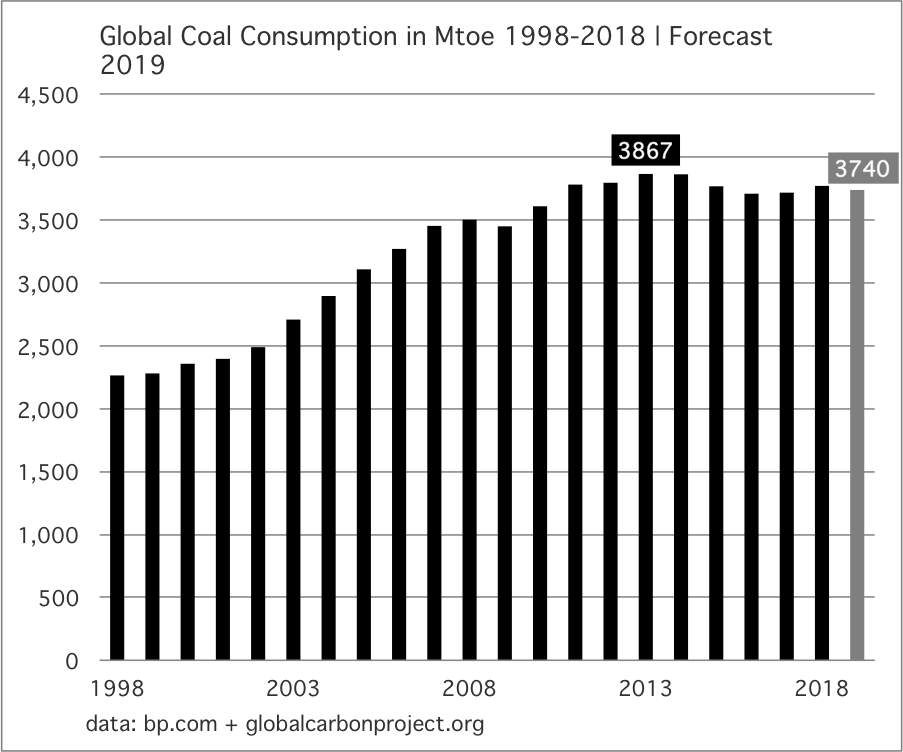Global coal consumption peaked in 2013, and much of the industry went bankrupt as demand flattened. Five years later and the withdrawal of global financing for coal is really starting pound away at the problem. India, the last great hope for coal growth, turns out, isn& #39;t. https://twitter.com/CarbonBrief/status/1198753671808536576">https://twitter.com/CarbonBri...
For the new magazine from @RockyMtnInst I wrote about how the withdrawal of financing for new fossil fuel investments is starting to play out; including the financing of existing capacity retirements. Markets taking reigns now from policy cc @EricLiptonNYT
https://theenergytransition.org/article/the-power-of-finance/">https://theenergytransition.org/article/t...
https://theenergytransition.org/article/the-power-of-finance/">https://theenergytransition.org/article/t...
Coal consumption meanwhile, in the Non-OECD specifically, continues to frustrate analysis in part because an inflection point has unfolded in both China and India--but, at very high levels of dependency. That makes for many valid but opposing arguments, depending on timeframes.
An example of how the practice of journalism, depending as it often does on profiles, can wind up producing a very wrong explanation for Non-OECD coal dependency that depends on one guy, and his company. Hint: this is not how large systems work. https://www.nytimes.com/2019/08/15/climate/coal-adani-india-australia.html">https://www.nytimes.com/2019/08/1...
A turning point is here in the decarb of global electricity, where capital markets and economics are taking over from policy. The IEA still projects that under current policies global coal use grows. I& #39;d say that has than a 5% chance of coming true. Coal growth is over.
The real worry is not that coal consumption globally is going to grow again. But rather, that existing capacity won& #39;t shut down quickly enough. (Looking at you: splashy trend stories about China coal use that rely on a single year of data.)
While it& #39;s disappointing to see the growth rate in China renewables tail off, it& #39;s not a surprise. China& #39;s economy, car market, electricity use, all indicate a secular slowdown after decades of above trend growth. That change drives alot of global trends. https://twitter.com/lisaabramowicz1/status/1199143856996048896">https://twitter.com/lisaabram...
The real action in global coal now comes via utilities and other powergen portfolio owners now facing up to the fact that wind, solar +storage is so cheap it even undercuts existing capacity. In the Non-OECD that means not building it. In OECD, closing it. https://twitter.com/leahstokes/status/1199085437588930560">https://twitter.com/leahstoke...
Coal went to zero in the UK. And there& #39;s no reason not to forecast the same outcome for the US. Coal in US powergen (data just released today through Q3) is on course to fall to 40 year lows in 2019. This will get crashy tho, as fresh retirements "in size" are on the way.
Finally, the big picture for the US. Even before Round 2 of the great coal retirement wave gets underway (NIPSCO, PacifiCorp, et al) total US coal consumption is on pace to fall to just 11.6 quadrillion BTU this year. Those are levels last seen in late 1960& #39;s/early 1970& #39;s.
A rough and early projection of global coal consumption for this year, based on the new report from the just released @gcarbonproject and added to existing bp data, would show a minor dip of less than 1.00%: thus maintaining coal& #39;s position on a plateau after the 2013 peak.

 Read on Twitter
Read on Twitter





